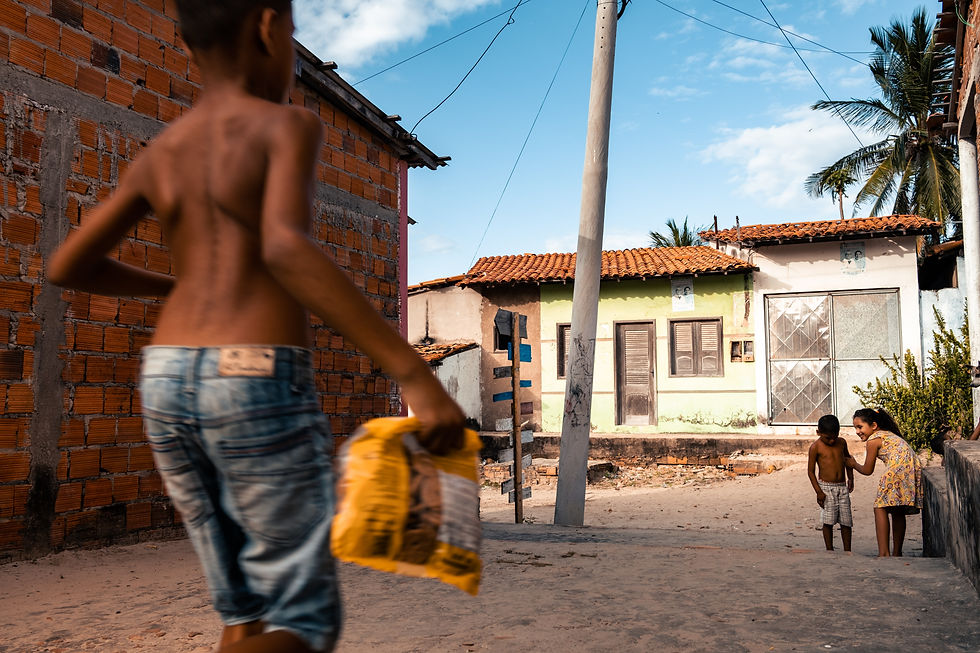Natural Resources Defense Council and the path to sustainable cities
- Editorial Team SDG11

- Sep 11
- 3 min read

On a hot summer day in Los Angeles, commuters board a new fleet of electric buses serving some of the city’s most underserved neighbourhoods. Few passengers realise that the shift towards clean transit has roots in years of legal and policy work led by the Natural Resources Defense Council (NRDC). For the non-profit, such moments are not isolated wins but part of a broader mission: to redesign cities so they can thrive in the face of climate and social pressures.
Founded in 1970, the NRDC has evolved into one of the most influential environmental advocacy groups in the United States. It blends litigation, science-based research, and policy advocacy to confront the urban drivers of climate change and inequality. Today, its work on sustainable cities sits at the heart of its agenda, addressing how buildings, transport, water, and food systems can be reimagined for a low-carbon future.
Greener buildings as the foundation of urban change
Buildings are responsible for nearly 40 per cent of national energy consumption, with older housing stock often leaving low-income residents exposed to high bills and poor air quality. The NRDC works with city authorities to modernise building codes, promote electrification, and implement energy retrofits. In New York City, for instance, its advocacy helped shape Local Law 97, one of the world’s most ambitious urban building emissions standards.
These measures cut carbon emissions while lowering energy costs, illustrating how climate action can also deliver affordable housing improvements. By targeting the building sector, the NRDC lays the groundwork for more resilient and inclusive cities.
Mobility and the fight for equitable transport
Transport systems can either entrench inequality or open pathways to clean mobility. The NRDC champions investments in public transit, pedestrian routes, and cycling networks while opposing highway expansions that have historically displaced marginalised communities.
In Los Angeles, the electric bus fleet emerging from an NRDC-led legal settlement offers a glimpse of what an equitable transition can look like. At the same time, the organisation pushes for policies such as congestion pricing, which not only reduce traffic and pollution but also reinvest revenues into accessible mobility.
Securing urban water and food systems
Water stress is one of the most acute challenges for cities in drought-prone regions. The NRDC advocates policies that repair ageing pipes, install water-efficient appliances, and expand green stormwater infrastructure to capture rain and reduce flooding. Such strategies are now being adopted in cities across the western United States, where prolonged droughts threaten urban sustainability.
Food systems are another pillar. The NRDC campaigns to reduce food waste in restaurants, supermarkets, and households, while promoting sustainable farming practices that link rural production to urban consumption. This holistic view strengthens cities’ resilience while addressing emissions from agriculture.
Justice at the heart of sustainability
The NRDC insists that sustainability efforts must benefit all residents, particularly those historically excluded from decision-making. Through coalitions such as the Strong, Prosperous, and Resilient Communities Challenge (SPARCC), the organisation directs funding towards neighbourhoods that face disproportionate exposure to pollution.
By prioritising environmental justice, the NRDC ensures that sustainable urban development is not only a climate necessity but also a social contract with the communities most affected.
Why NRDC’s city agenda matters
The future of the global climate transition will be decided in cities. By focusing on buildings, transport, water, and food, the NRDC is demonstrating that sustainable cities are not just aspirational visions but practical realities. Its interventions in Los Angeles, New York, and other urban centres show how science, law, and advocacy can reshape the foundations of urban life.
For readers seeking a broader view of city-focused climate leadership, initiatives such as C40 Cities and ICLEI – Local Governments for Sustainability highlight the international momentum towards greener, more equitable urban futures.
More information: https://www.nrdc.org/
Youtube credits: https://www.youtube.com/@DiscoverTop10Places



